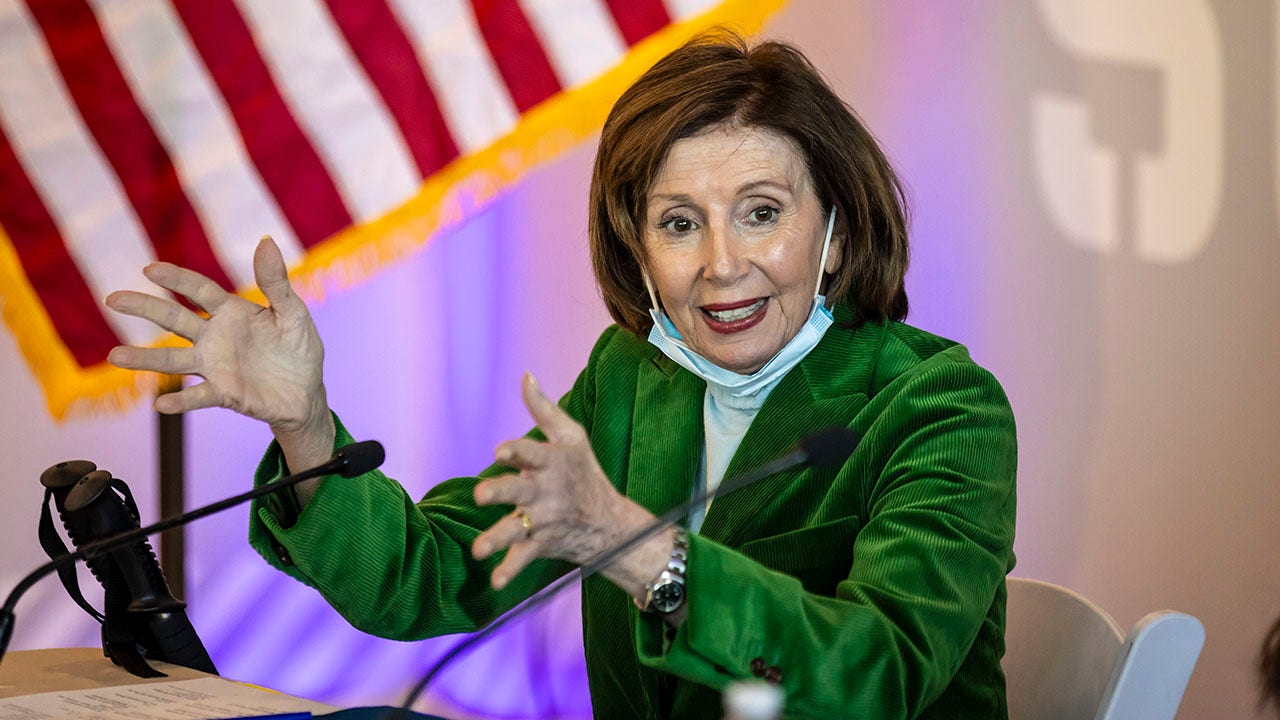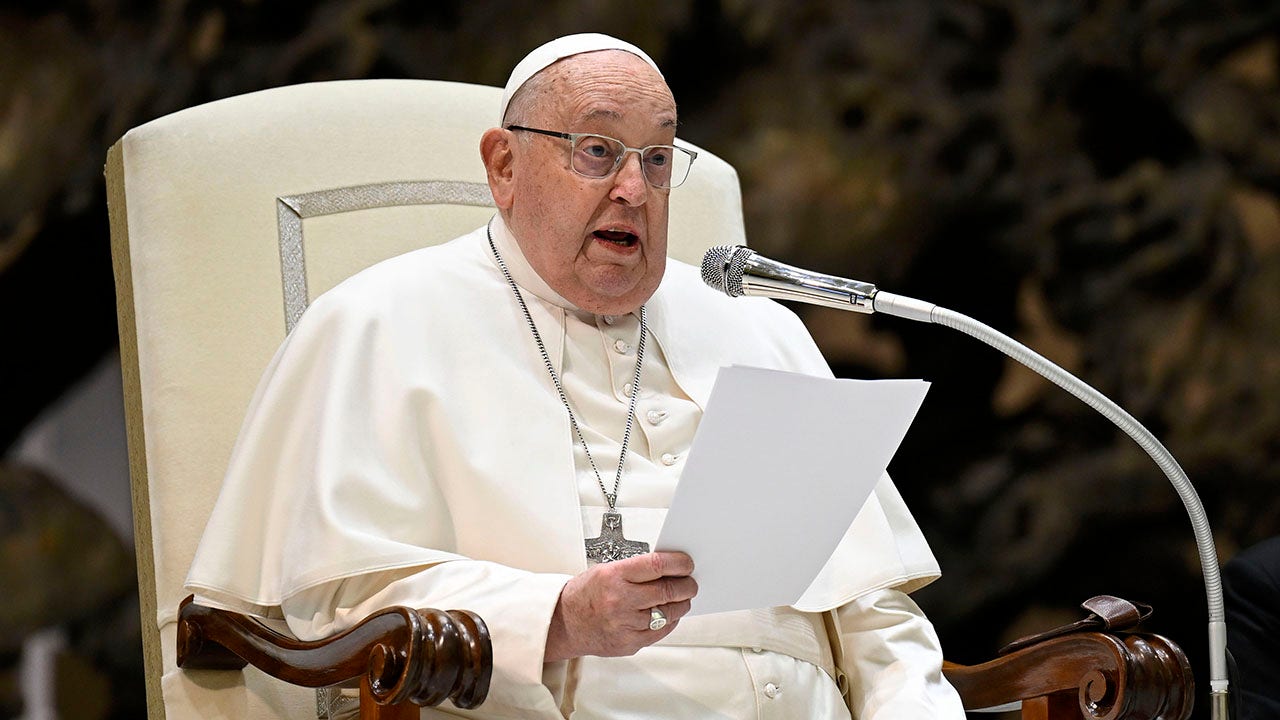Russia and Ukraine on Wednesday announced a mutual release of hundreds of prisoners of war, the biggest exchange between the two countries since the start of the conflict nearly two years ago and the first one in months.
Both Russian and Ukrainian authorities said the deal had been made possible through mediation by the United Arab Emirates, which has tried to cast itself as a neutral intermediary between the two countries. The Russian Defense Ministry said in a statement that 248 of its soldiers had returned from Ukrainian captivity, while President Volodymyr Zelensky of Ukraine said on social media that 224 Ukrainian soldiers and six civilians had come back.
“We remember each and every one of our people,” Mr. Zelensky said in a post on the platform X. “And we must return all of them.”
The exchange was a rare example of accord between the governments in Moscow and Kyiv. It came against the unlikely backdrop of an escalating cycle of air assaults between the two countries, as both sides look for ways to inflict damage away from the largely deadlocked front line.
On Wednesday, Russia said that Ukraine had targeted the Belgorod region, which borders Ukraine, with missiles and drones, just a day after Moscow launched a large-scale air assault against the Ukrainian capital, Kyiv, and other cities. Mr. Zelensky said on Tuesday that Russia had launched some 300 missiles and more than 200 attack drones against Ukraine since Friday.
Direct communications between the countries have been infrequent since the early days of the war, but the two sides have regularly exchanged prisoners of war through deals brokered by a third-party, like the U.A.E. or Turkey. Ukraine’s human rights commissioner, Dmytro Lubinets, said there had been 49 exchanges in total, including Wednesday’s, with 2,828 Ukrainians returned. Russia hasn’t disclosed a total number, but at least 1,000 have been returned, according to statements by the country’s officials.
The rate dropped in 2023, however, after the release in Turkey of five former commanders of Ukraine’s garrison in the Azovstal steel plant angered Moscow. The last exchange of prisoners between the two countries occurred in August, when 22 Ukrainian soldiers were returned.
Russian pro-invasion activists and bloggers have often criticized the exchanges because some of them had been carried out with more Ukrainians released than Russians. Margarita Simonyan, the head of the Russian state-run RT television network, said in a post on Telegram, a messaging app, that 75 Russians were exchanged retroactively for the five Ukrainian Azovstal commanders released in July.
In a statement, the U.A.E.’s Foreign Affairs ministry attributed the success of its meditation efforts to “the strong friendly relations between the UAE and both the Russian Federation and the Republic of Ukraine.”
Over the past years, Russia and the U.A.E. have gradually grown closer politically and economically. In December, President Vladimir V. Putin of Russia made a high-profile visit to the country’s capital, Abu Dhabi.
Since the start of the war, several countries have been trying to cast themselves as possible mediators in the high-profile conflict. In addition to the U.A.E., Turkey and Hungary offered themselves as conduits for possible talks.
While details about the Russian soldiers who were released remain unclear, Ukrainian authorities said that the Ukrainian captives set free included some 130 members of the country’s army, 55 members of the National Guard — a military force run by the interior ministry — as well as state border guards and a police officer.
Some of the liberations were highly symbolic.
Kyrylo Budanov, Ukraine’s director of intelligence, said in a video statement that those freed included soldiers who were captured during the battle at Azovstal, the sprawling steel factory that was Ukraine’s last stronghold in the besieged southeastern city of Mariupol, in a signature moment of the war.
Many people in Ukraine have campaigned for the return of Azovstal prisoners of war. In Kyiv, a large banner reading “Azovstal, Free Mariupol Defenders” has been attached to the facade of the local city administration building.
Among those returned were also seven Ukrainian soldiers stationed on Snake Island, off Ukraine’s Black Sea coast. The island became a symbol of Ukrainian resistance after the soldiers there refused to surrender to a Russian warship.
“Today, after a significant period, we finally managed to conduct a very complex exchange,” Mr. Budanov said.
Ukrainian authorities also said that among the nationals returned on Wednesday were 48 soldiers who had gone missing in action. In recent months, Ukrainian families had pressed their government for information on their status, staging protests across the country.
The returns may help lift Ukrainians’ spirits at a time when their country is struggling to contain Russian assaults all along the front line and growing concerned about a potential shortfall in Western military assistance.
Mr. Zelensky shared several posts on social media that included photos and videos of the prisoners draped in Ukrainian flags and hugging each other while clenching their fists. “Ukraine above everything!” they shout in a video.
“Today, despite all the challenges, there is long-awaited good news,” Mr. Zelensky said in a short video address. “There was a long pause in the exchanges, but there was no pause in the negotiations.”
The Russian Defense Ministry released a video from the Kolotilovka border crossing point with the Sumy region in Ukraine’s north, showing Russian servicemen boarding buses.





